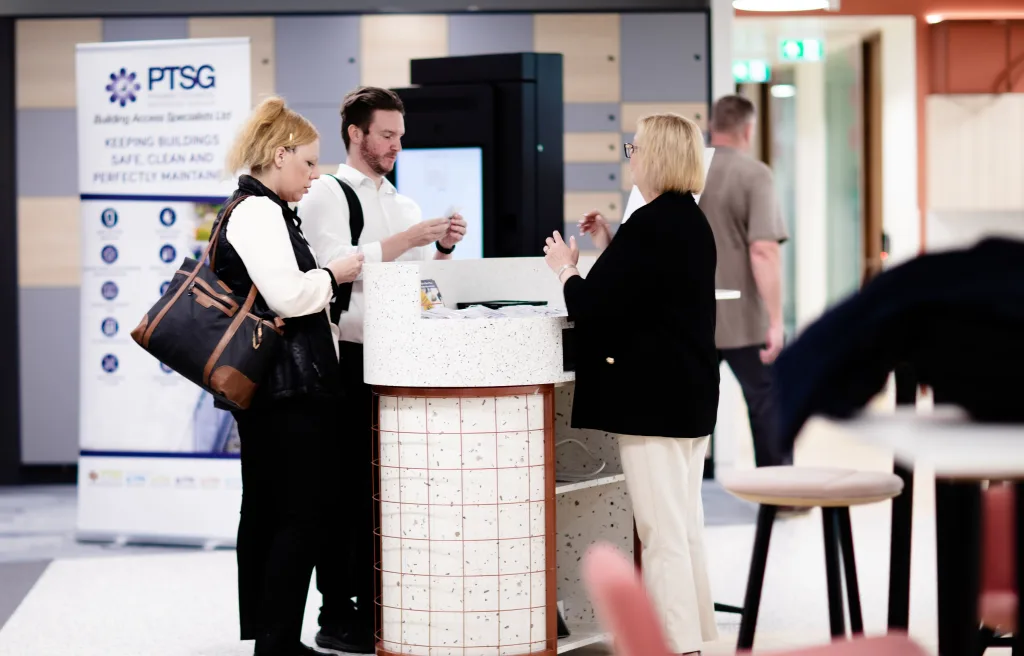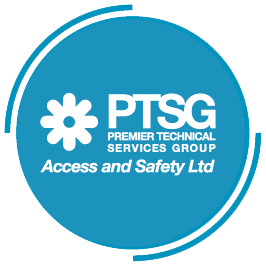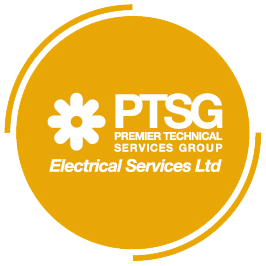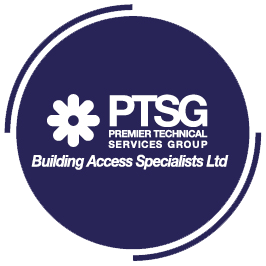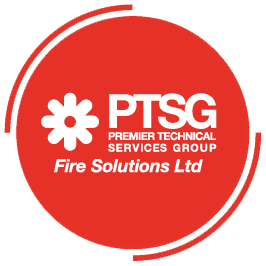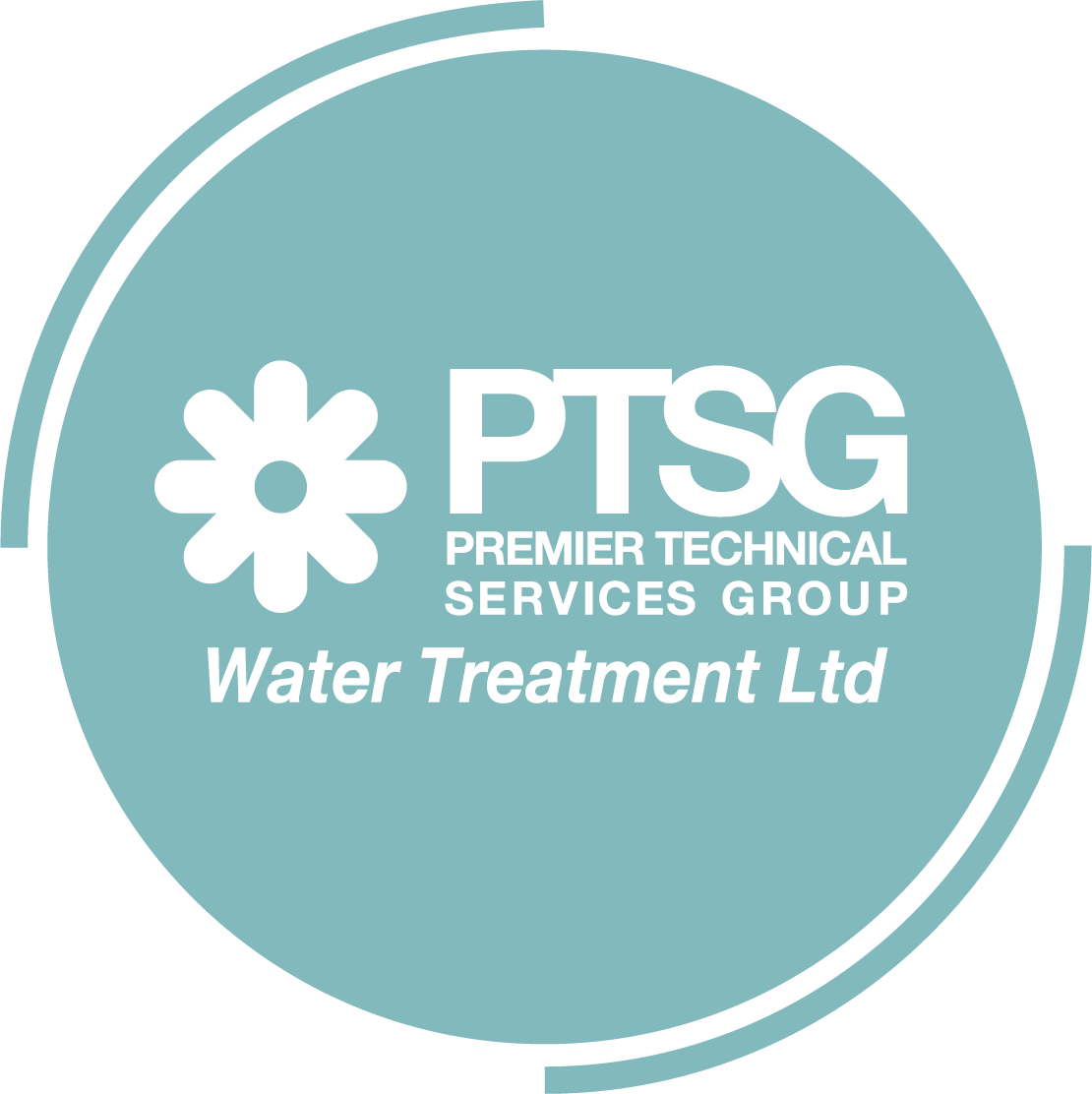Residential sprinkler systems are the most effective means of life and property protection available. Fire sprinkler protection is required in all kinds of buildings: schools, office buildings, theatres, and it’s crucial in the most susceptible place to fire: homes – particularly in communal residential buildings.
The British standards are BS 9251: 2021 for residential sprinklers and BS 8458:2015 for residential and domestic mist sprinkler systems. Commercial and industrial sprinkler systems are designed and installed to a number of standards, in the UK mainly to BS EN 12845 incorporating the LPCB Technical Bulletins, but also to EN 12845 (European Standard), NFPA and FM Global Standards (both North American Standards).
Installing a sprinkler system involves careful planning, design, and execution to ensure efficient water distribution for landscaping or fire protection.
The installation of sprinkler systems generally involves the following steps:
Design and Planning Process
- Site Assessment: A thorough site assessment is essential to determine the fire risks, occupancy, and layout of the building. This helps the fire protection engineer design the most effective system. Key considerations include ceiling heights, fire compartmentation, and the building’s water supply.
- Water Supply: Adequate water supply is a critical factor in sprinkler system design. In most cases, the system is connected to the public water supply, but in some buildings, a dedicated water storage tank or pump may be required. British standards set guidelines for water pressure and flow rates based on the type of building and system.
- Hydraulic Calculations: To ensure the system delivers the correct amount of water to extinguish a fire, detailed hydraulic calculations are carried out. This ensures proper water flow and pressure throughout the building, particularly in larger structures or multi-story buildings.
Installation of Sprinklers and Pipework
- Pipework Installation: The sprinkler pipes, typically made from steel, copper, or CPVC, are installed throughout the building, connecting to a central water source. These pipes are run through walls, ceilings, and floors to deliver water to strategically placed sprinkler heads.
- In Residential Settings: Systems designed to BS 9251 often use smaller pipes and simpler installation techniques compared to those in commercial or industrial buildings.
- Sprinkler Head Placement: Sprinkler heads are placed based on the layout of the building, the fire risk areas, and regulatory requirements. Sprinklers should be unobstructed to ensure effective water discharge. There are different types of heads:
- Concealed Sprinkler Heads: Often used in homes and aesthetically sensitive areas where visible sprinklers would be intrusive.
- Upright, Pendant, and Sidewall Sprinklers: These are more common in commercial and industrial applications.
- Water Supply and Pumping Requirements
- Water Supply: In larger buildings, the water supply for the sprinkler system is crucial. The system may be connected to mains water, but many buildings also require a dedicated water tank or a pump to ensure sufficient water pressure.
- Residential Systems (BS 9251): In some homes, sprinkler systems can operate off the mains water supply if it can meet the flow requirements. Otherwise, a tank may be needed.
- Commercial Systems (BS EN 12845): For larger buildings, water tanks and fire pumps are often required to meet the necessary water flow and pressure requirements.
- Fire Pumps: If the water supply doesn’t provide enough pressure, fire pumps are installed to boost the system’s performance. These pumps are typically electric, diesel, or a combination of both.
- Commissioning and Testing
- Hydrostatic Testing: After installation, the system undergoes hydrostatic testing to check for leaks and ensure that all components are functioning properly. The system is pressurized with water, and any leaks or issues are identified and fixed.
- Functional Testing: The system is tested to confirm that it activates correctly in response to heat. This can include testing individual sprinkler heads, flow switches, and control valves.
- Certification: Once the system passes inspection and testing, it must be certified by an approved contractor. Certification ensures that the system meets all relevant standards and regulations, and is often required by building control authorities or insurers.
- Maintenance and Inspection
- Regular Inspections: Sprinkler systems require ongoing maintenance to ensure they function properly. Regular inspections (usually annually) are essential to check for corrosion, obstructions, or other issues. British Standard BS EN 12845 includes guidelines for the inspection and maintenance of sprinkler systems.
- Testing: In addition to visual inspections, testing of water flow, alarm systems, and fire pumps is required. Any system faults must be addressed immediately to ensure the system’s reliability.
- Servicing: Routine servicing ensures that all components (sprinkler heads, valves, control systems, etc.) are in good working order. Maintenance is crucial to prevent system failures during a fire emergency.
- Retrofitting Sprinkler Systems
- Retrofitting Challenges: Adding a sprinkler system to an existing building (especially older buildings) can be challenging. It may involve structural changes, installation of additional water supply systems, and integration with existing fire protection measures.
- Solutions for Retrofitting: Flexible piping systems and modern, compact sprinkler heads can simplify retrofitting projects. Advances in technology, such as misting systems, which use less water than traditional sprinklers, are also being used in retrofits, especially in heritage or listed buildings.
Free consultation
